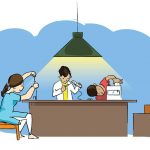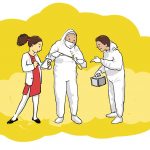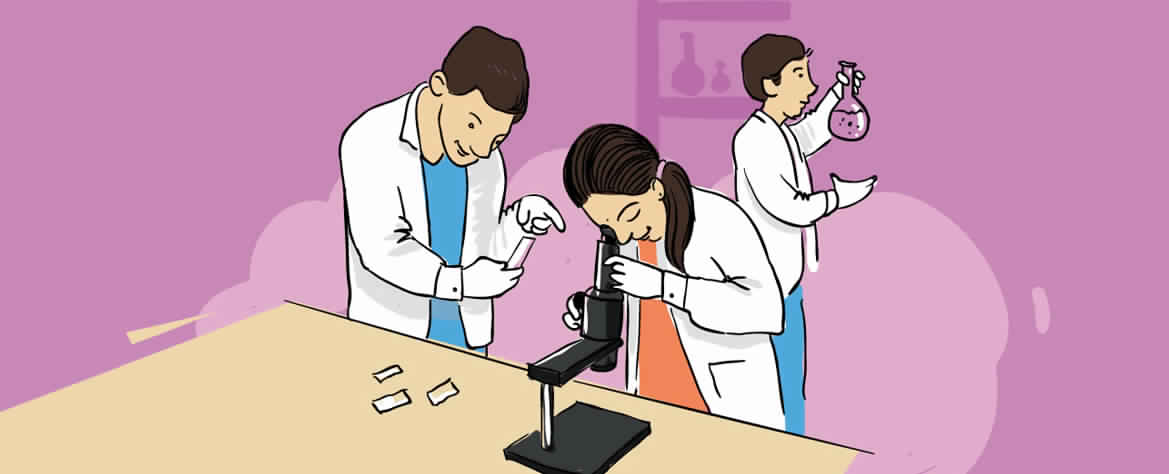
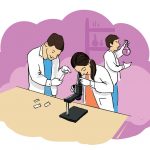
Experiment
Unique scientific experiments, which are part of the school curriculum, will allow students a chance to experience first-hand the cause and effects of various biological, physical and chemical phenomenon taught in classrooms.
From measuring gravity using simple everyday items to generating electricity from magnets, students will be able to experiment, analyze and understand various scientific concepts.
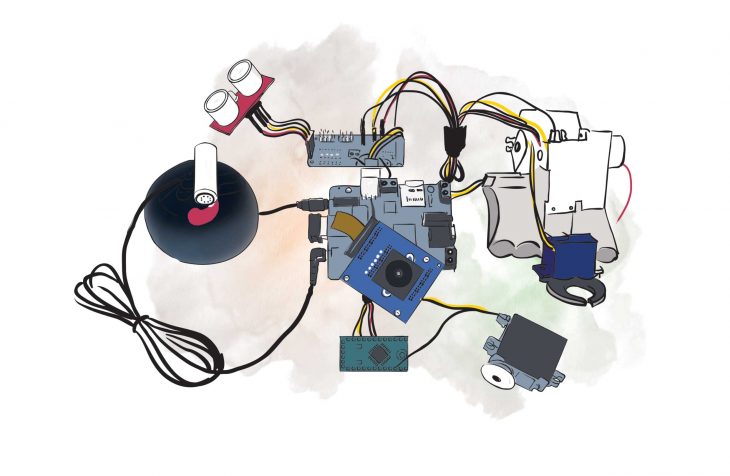
Robotics
Build you own robot in our lab. With components like motors, remote sensors, gears, wheels and joints, assemble your robot and watch it come to life.

DIY IOT
Make your dream IOT project come alive. Use components like sensors, PLC and Raspberry Pi to design and engineer your IOT project.

Fastest Buzzer Circuit
Always wondered how the buzzers in a quiz show worked? Wonder no more. Create your own circuit for the fastest buzzer.

Audio Amplifier
Build an audio amplifier using basic electronics components. You can improvise and build multiple variations of the amp.

Synchronized Signals
Make synchronized traffic signals using a microprocessor.

DIY Solar Fan
Make your own solar fan using a plastic fan, DC motor and solar panel.

DIY circuit
Tinker with electricity using a simple circuit board and everyday objects. Use batteries, light bulbs, buzzers, motors, resistors, potentiometers and switches are but a few of the types of electrical gizmos that can be hooked together with simple alligator clips.

Weightless water
What happens when you drop a cup filled with water to the ground? Does the water spill out? How does the fall alter the weight of the water?

Floating lemon
Observe how salt affects the density of water. In this experiment, a lemon floats in ordinary tap water, but sinks in a salty solution.
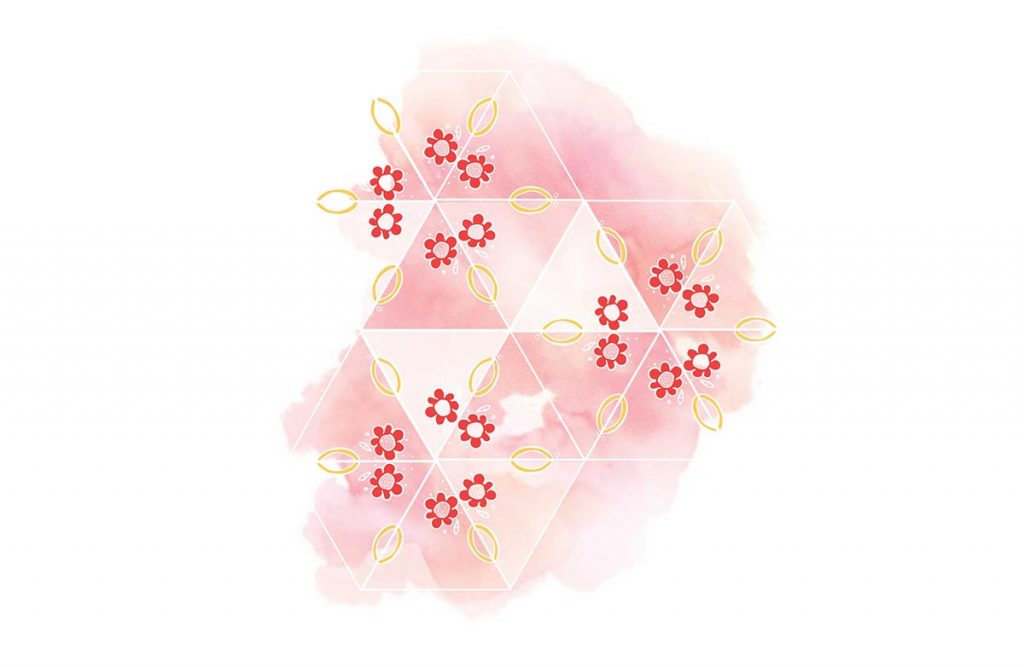
Kaleidoscope
Use mirrors to make a device that creates multiple reflections and visual illusion.
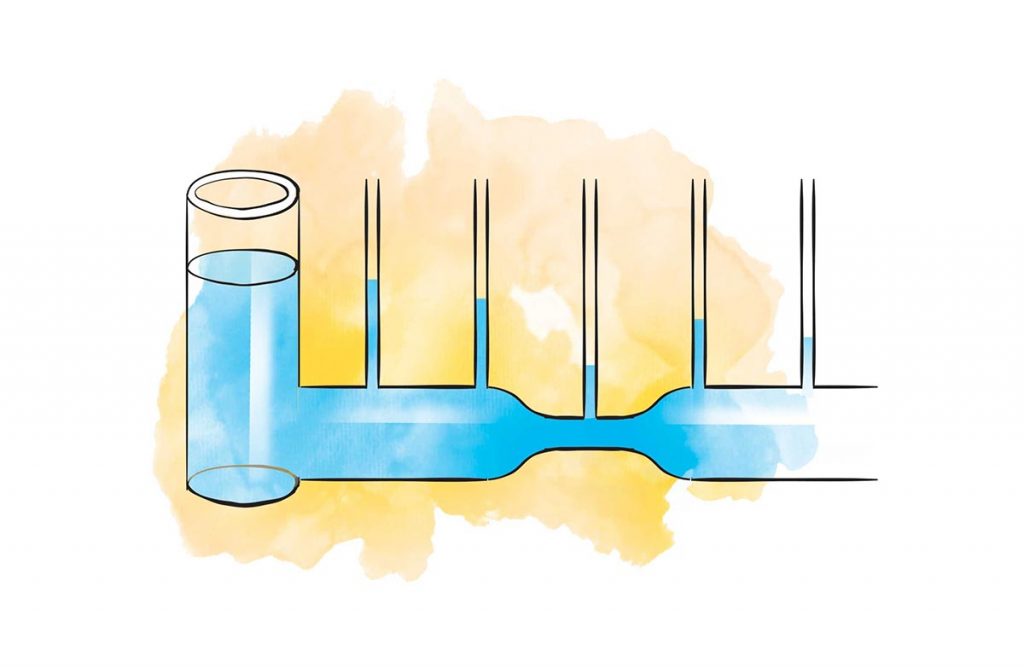
Bernoulli’s Principle Experiment
Did you know that you can make objects come together by blowing air between them? Use hanging cans to study the change in pressure due to moving air.

CD Spectroscope
Split light into its different components using a CD. Discover the wavelengths of light that mix together to create the color you see.

Hot air balloon
Make your own hot air balloon using a light weight heating device and a synthetic material.

Float or sink
Break the surface tension of water by adding soap. Observe how objects like paper clip, which otherwise float on the surface, sink after soap is added.
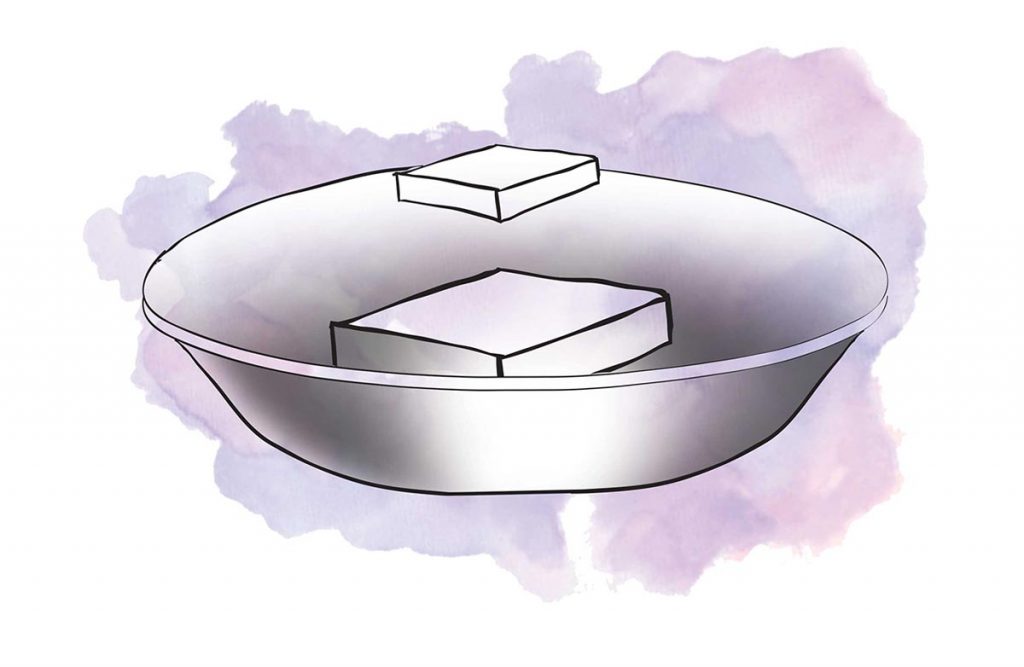
Floating toys
Make toys or trains levitate using neodymium or ferrite magnets.
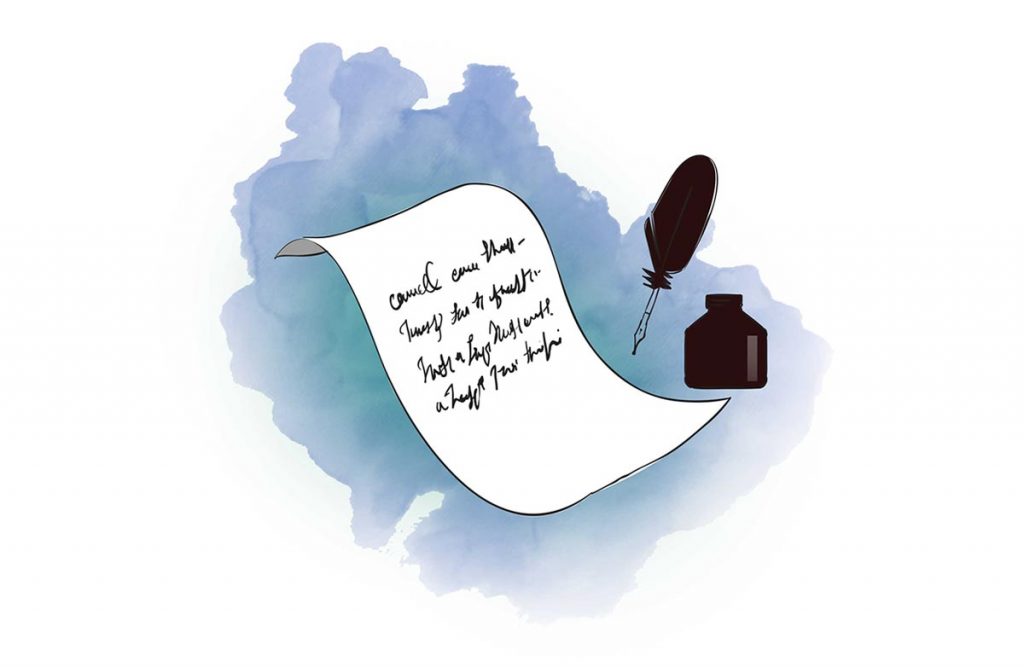
Invisible ink
Write secret messages using your very own invisible ink. Create different kinds of inks which become visible under different heat or light conditions.
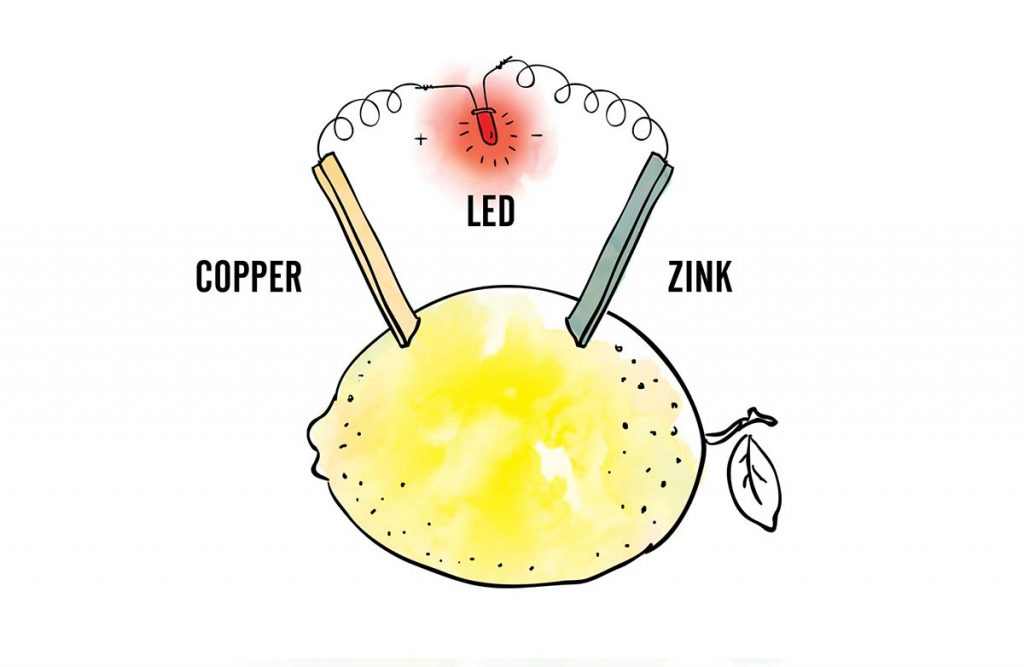
Fruity battery
Can you make a battery using fruits and vegetables? With this experiment, you can. Use copper and zinc plates with different fruits or vegetables to make your own fruity battery

Burning candle, rising water
Observe the effects of a burning candle on the water around it by filling a plate with water and a fixing a candle in the centre. After lighting it, cover it with an inverted glass. Notice the water level inside the glass rising, consuming all the oxygen present inside the glass.
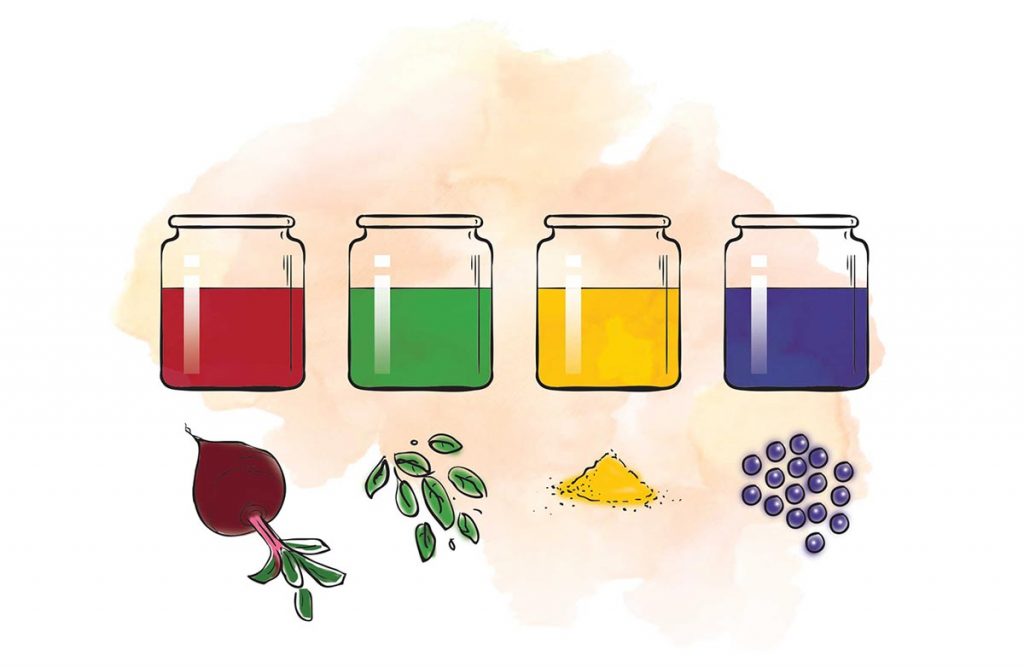
Dye Like a Pro
Add colour to your clothes collection. Dye fabrics or other textiles using colorful molecules found in natural organisms and objects.
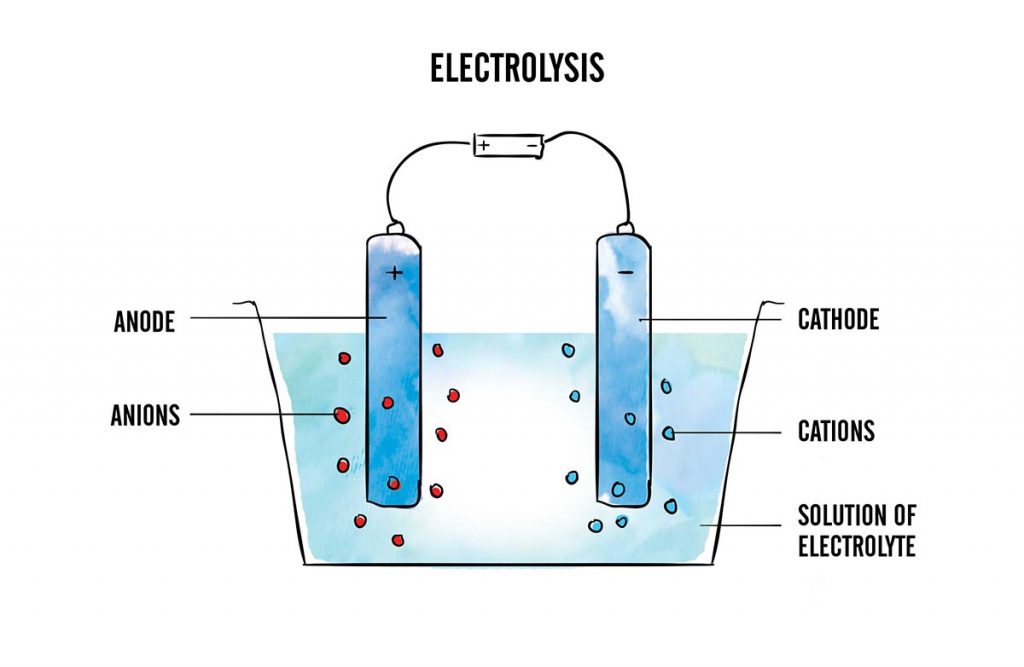
Colourful Electrolysis
Colourful Electrolysis Use an electrolysis device to break up water into hydrogen and oxygen gas. Use an acid-base indicator and a magnet to create interesting swirls of colour.
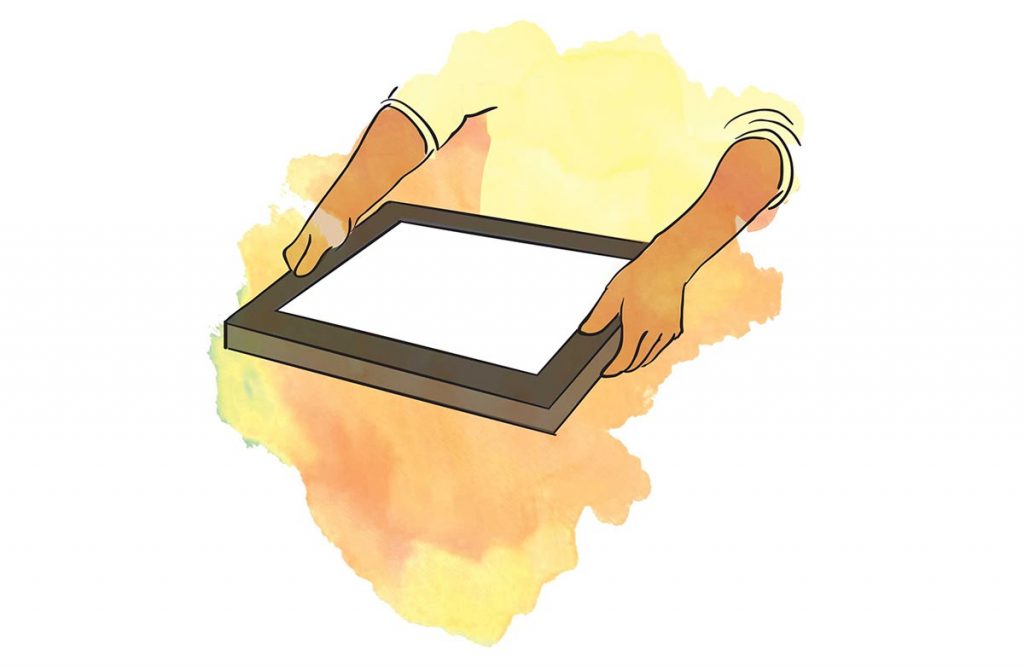
Paper maker
Make paper in the lab by using raw materials like waste paper, wood and other ingredients.
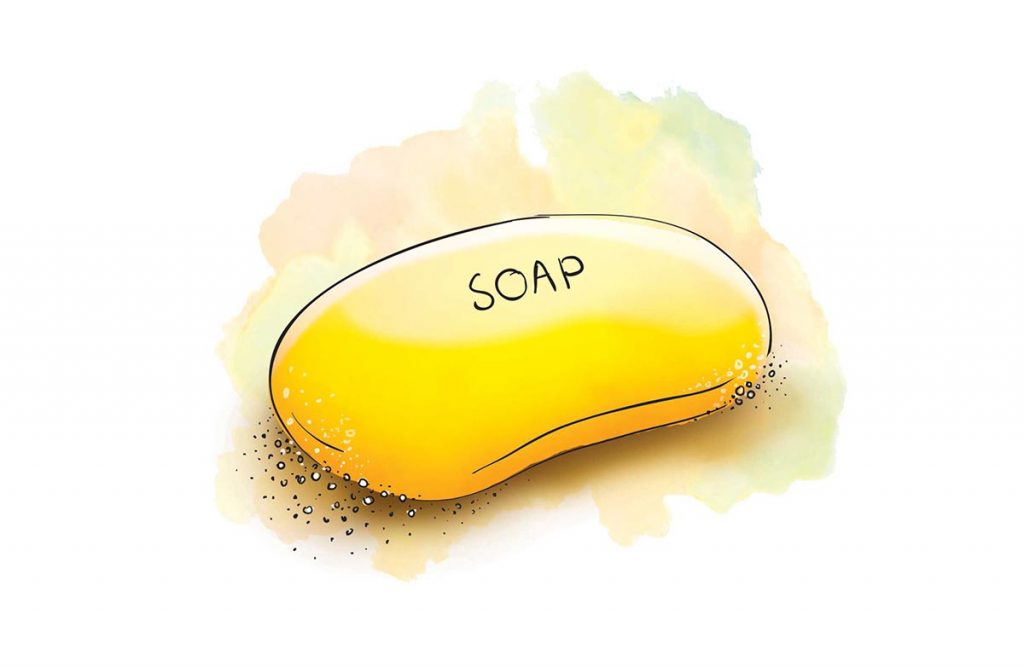
Soap maker
How is soap made? What are its ingredients? Learn how to make a soap using the key ingredients.
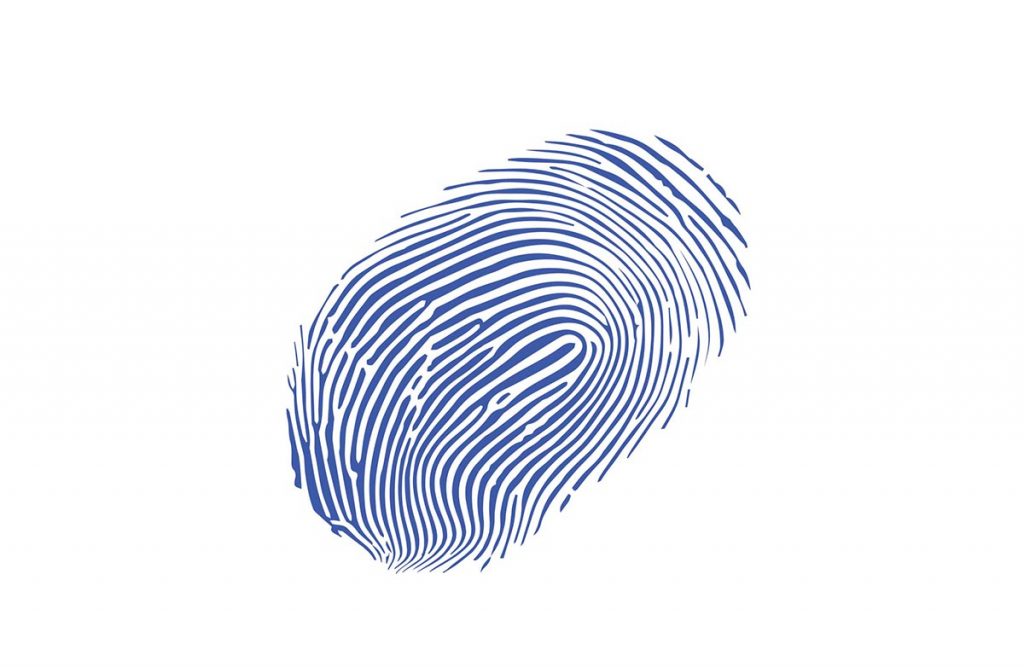
Fingerprint detective
Ever wondered how detectives identify culprits based on their fingerprints? Play detective yourself. Capture finger prints present on any object and identify the person to whom they belong.

Nutrient identification
Find out the nutritional value of certain food items by identifying the nutrients in them.
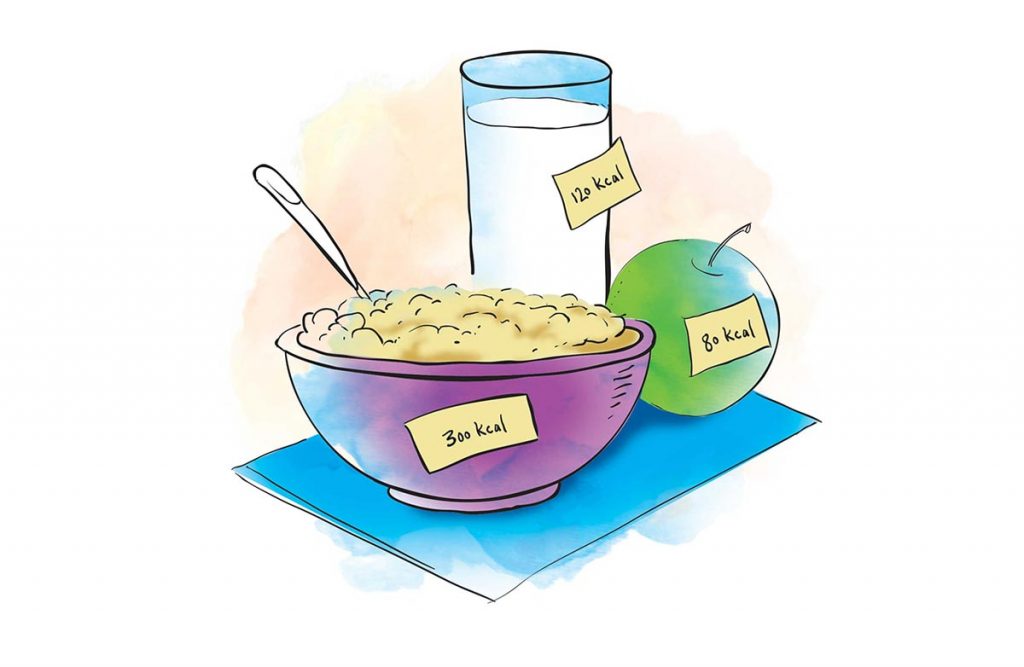
Counting calories
Are you calorie conscious? Learn how to count calories in food by taking raw and cooked food like wheat flour and bread. Conduct experiments to count the calories in both of them.
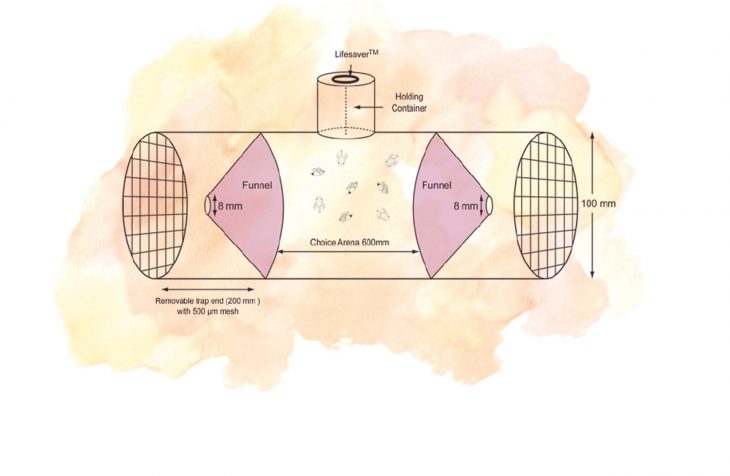
Animal Response
Does animal behaviour change dramatically with differing stimuli? Investigate by testing the response of fruit flies to different stimuli and notice if there is a significant change in their behaviour.
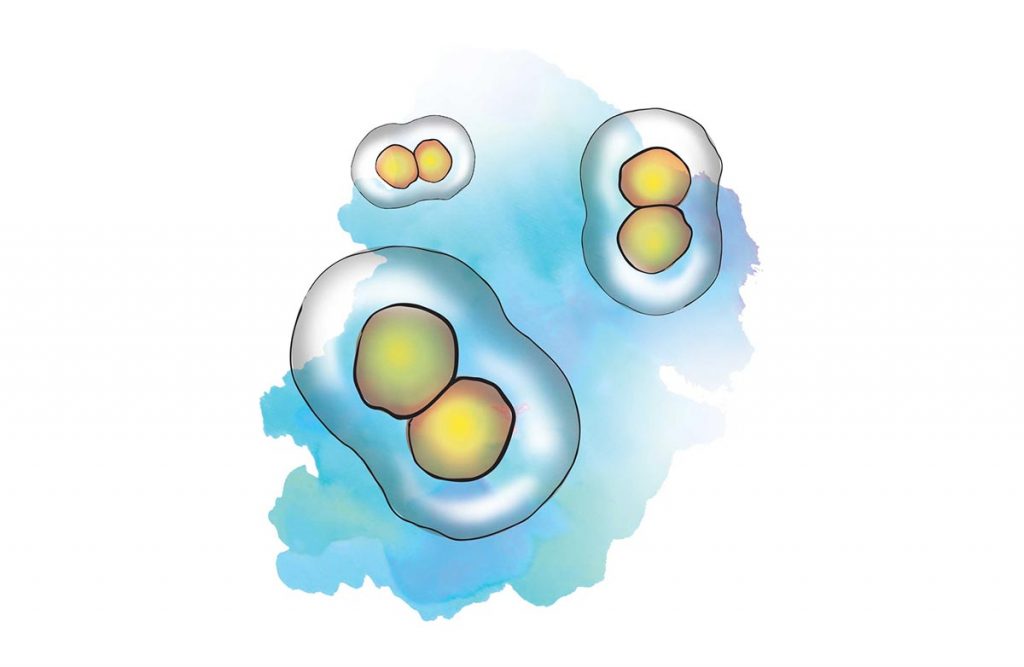
Roots of Mitosis
Mitosis is a part of the cell cycle when replicated chromosomes are separated into two new nuclei. Look for evidence of mitosis by observing the tips of roots.
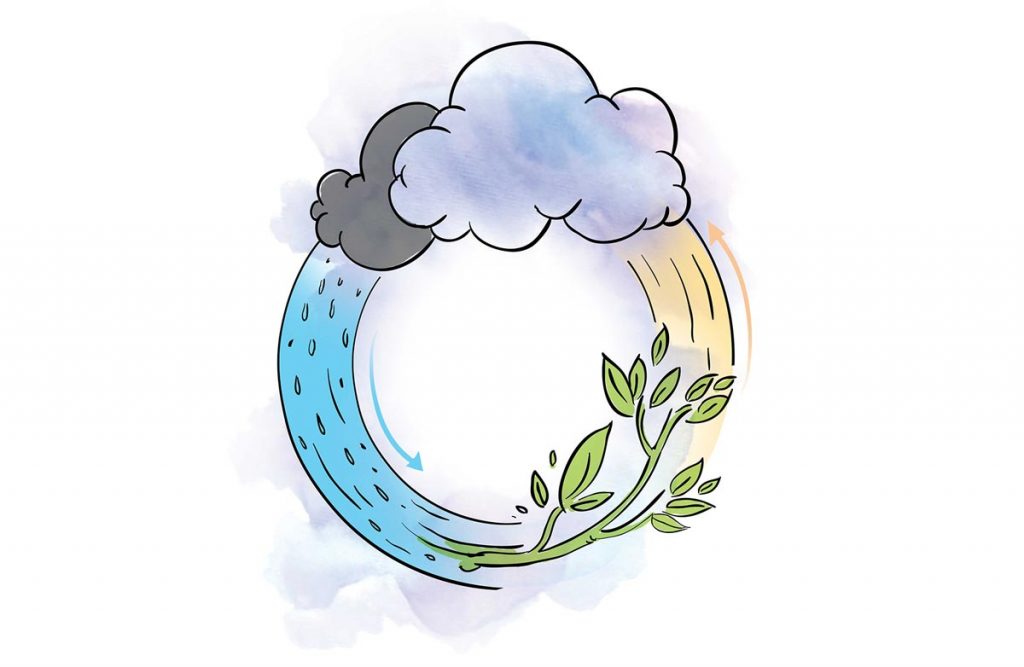
Transpiration
Transpiration is the process in which plants absorb water through the roots and then give off water vapour through pores in their leaves. Determine the rate of transpiration in plants under normal and humid conditions.
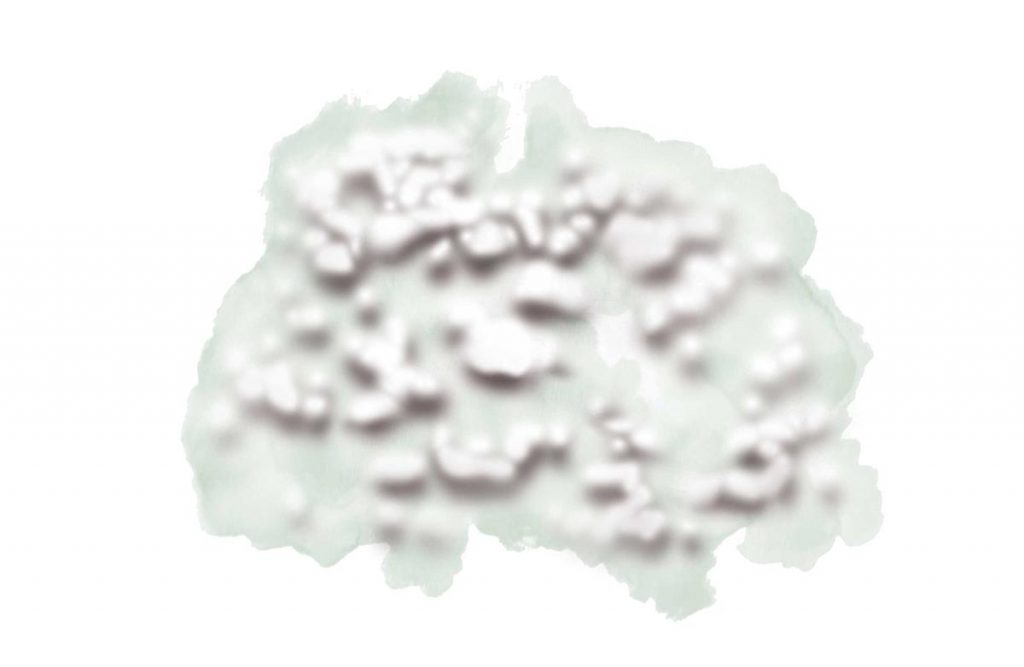
Fermentation
We all know yeast is used for fermentation. But how does it work? Explore the ability of yeast to use different types of carbohydrates like sucrose and starch for fermentation.
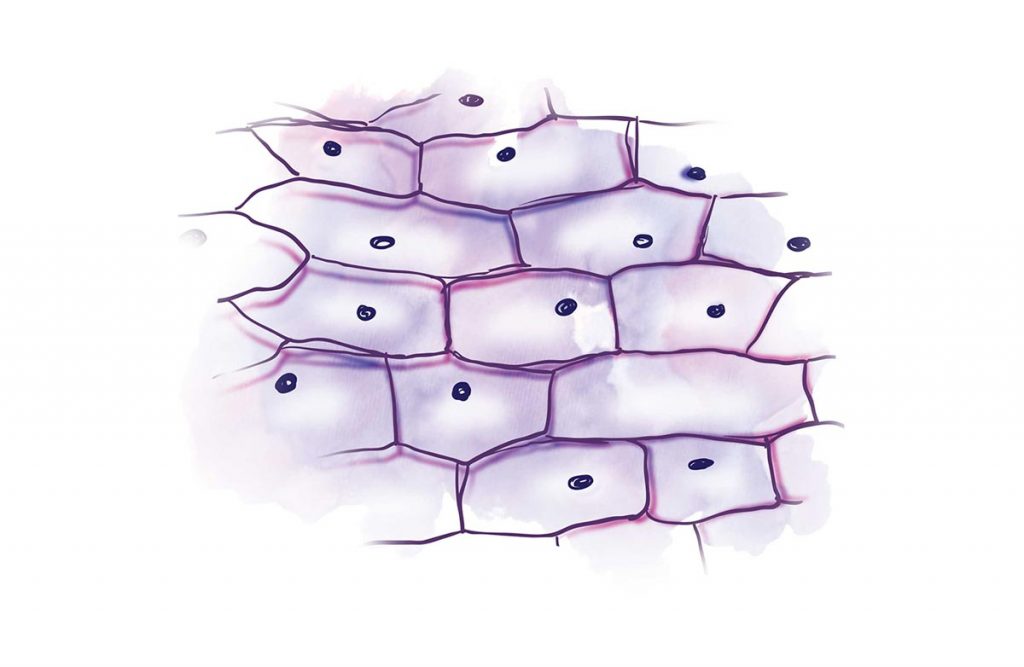
Onion cells plasmolysis
Heard of plasmolysis? It is contraction of the protoplast of a plant cell due to loss of water from the cell. You examine red onion tissue, looking for evidence of plasmolysis.
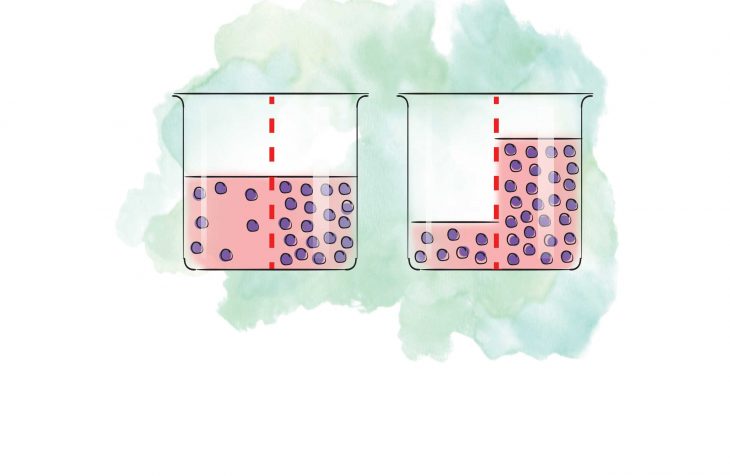
Osmosis
Our body needs to maintain equilibrium. Understand how blood osmolarity and kidney function and maintain homeostasis. You can determine which extracellular fluid is hypertonic to a model cell and which solution is hypotonic.

Enzyme catalysts
Explore the catalyzed decomposition of hydrogen peroxide by catalase or peroxidase
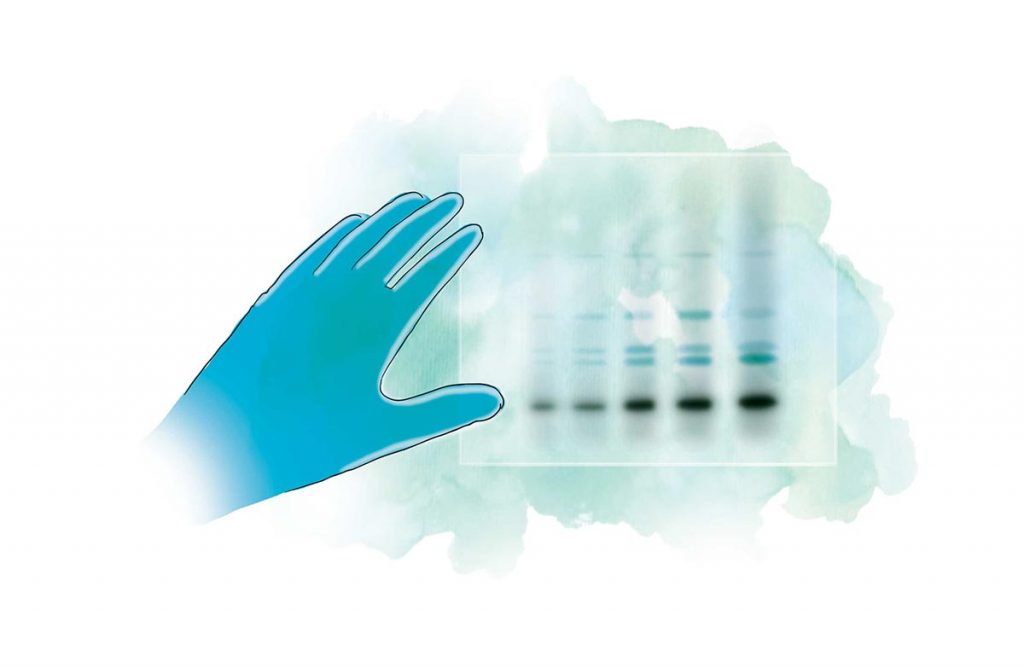
Gel Electrophoresis
Gel electrophoresis is a powerful technique used to manipulate DNA. It is also an analytical tool used for DNA fingerprinting. By using simple materials, build your own gel electrophoresis device and use electricity to separate colored dyes.
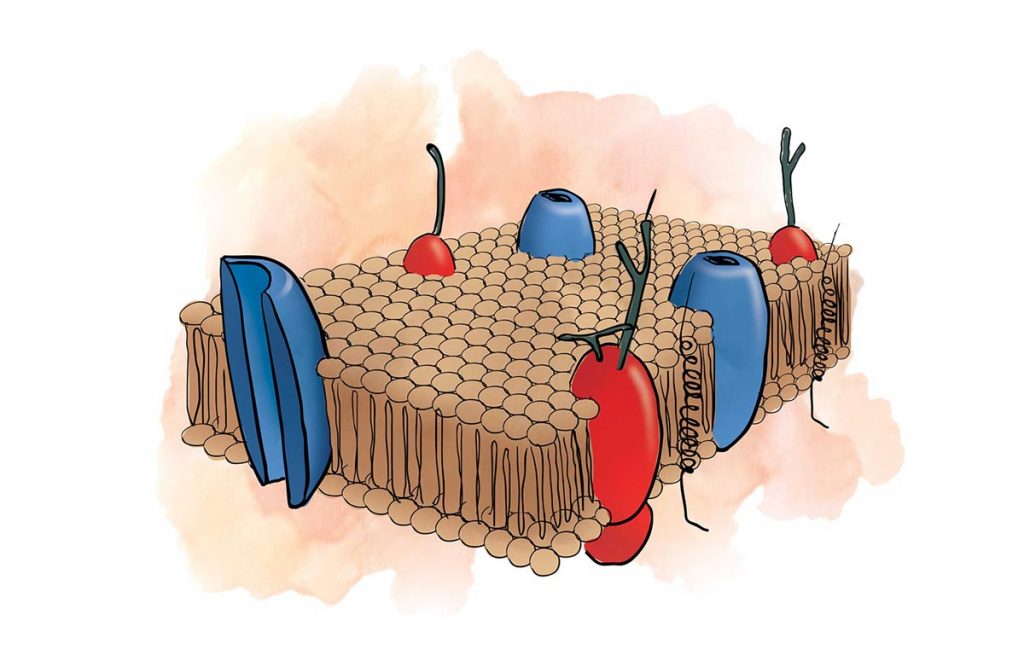
Soapy Cells
Did you know that every cell in your body needs to take in nutrients, oxygen and raw materials and export wastes and other substances. A cell membrane (also called a plasma membrane) regulates what comes in and what goes out. Soap films can behave like membranes. Explore the properties of soap films and connect them to the properties of plasma membranes and the mechanics of transport across membranes.
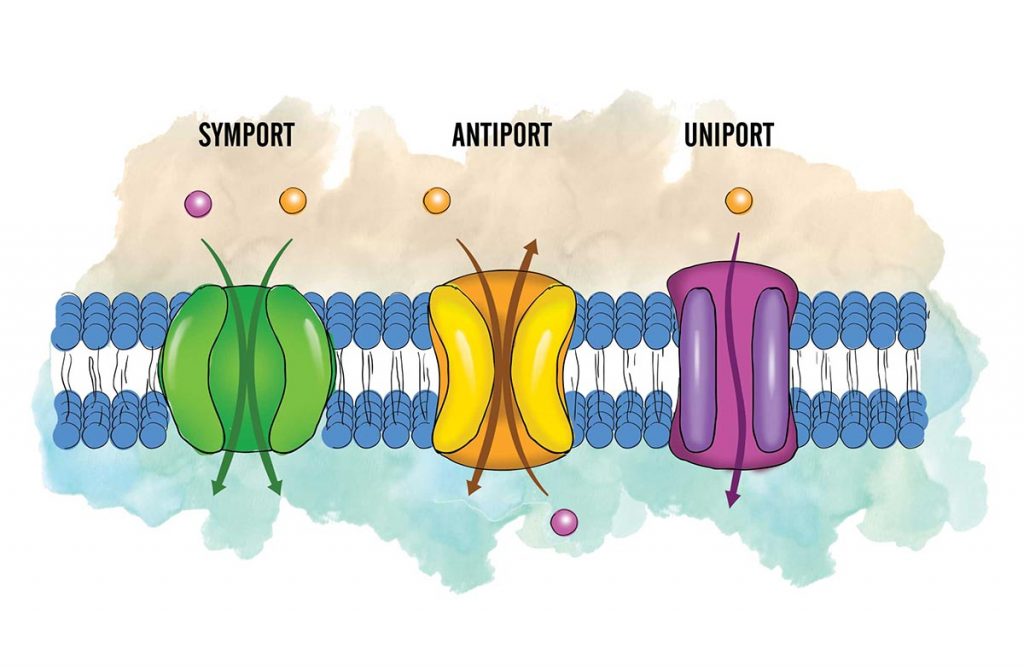
Potato osmosis
Demonstrate the process of osmosis and live and dead cells by taking raw and boiled potatoes and filling salt in their cavities.
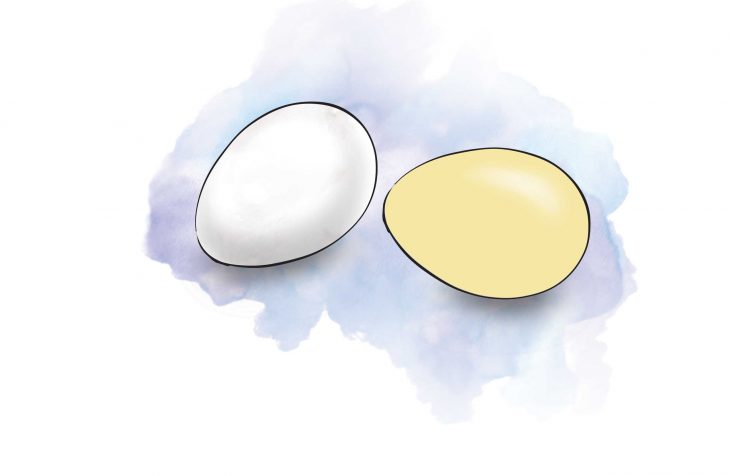
De-shelled eggs
Explore the movement of cellular substances by putting a massive cell, a de-shelled chicken egg, in different fluids and watch it swell and shrink.
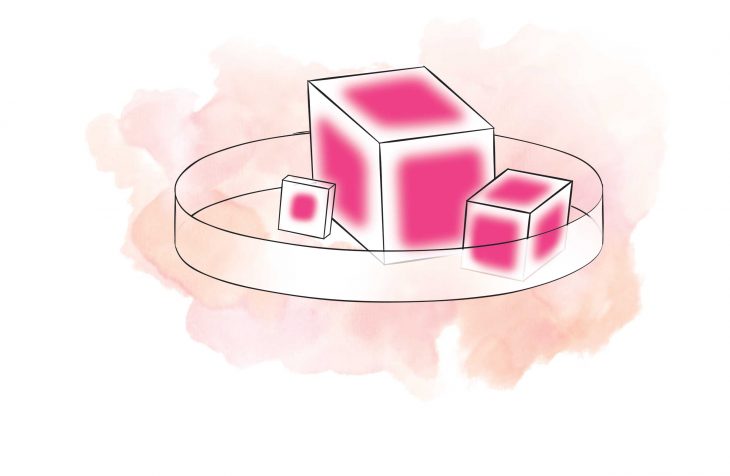
Agar Cell diffusion
Did you know that all biological cells require materials to move across the plasma membrane into and out of the cell. To understand diffusion in cells better, infuse cubes of agar with a pH indicator and soak the treated cubes in vinegar.

Photo Breathe – CO2
Is CO2 essential for photosynthesis? Get an answer to this question by putting destarched leaves under light to facilitate photosyntheis. Keep one leaf in water and the other in Potassium hydroxide solution. When you conduct an iodine test, you will find out something remarkable. There is no starch. Which proves that there is no photosynthesis without CO2.

Photo Breathe – O2
Observe how a candle kept in a closed jar with a plant burns longer than the candle in another glass jar without a plant. What does it prove? That plants breathe too.
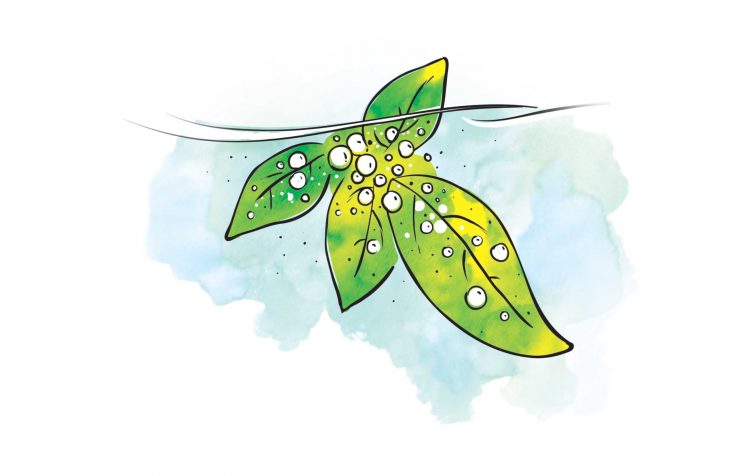
Photo Float
We all know that plants generate oxygen during photosynthesis. Now we can actually see it. In this experiment, observe leaves floating in water due to oxygen produced during photosynthesis.
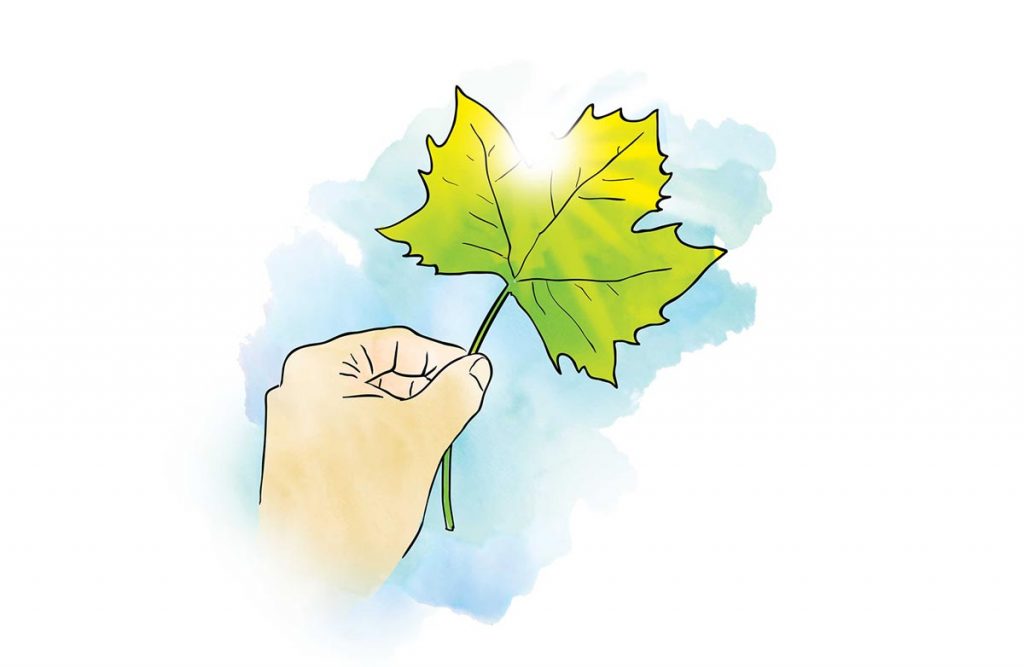
Luma Leaf
We all know plants use light for photosynthesis but do we know how many colours of the white light do plants really use? With the help of a spectroscope, observe how much of white light gets absorbed by the leaf and how much passes through.
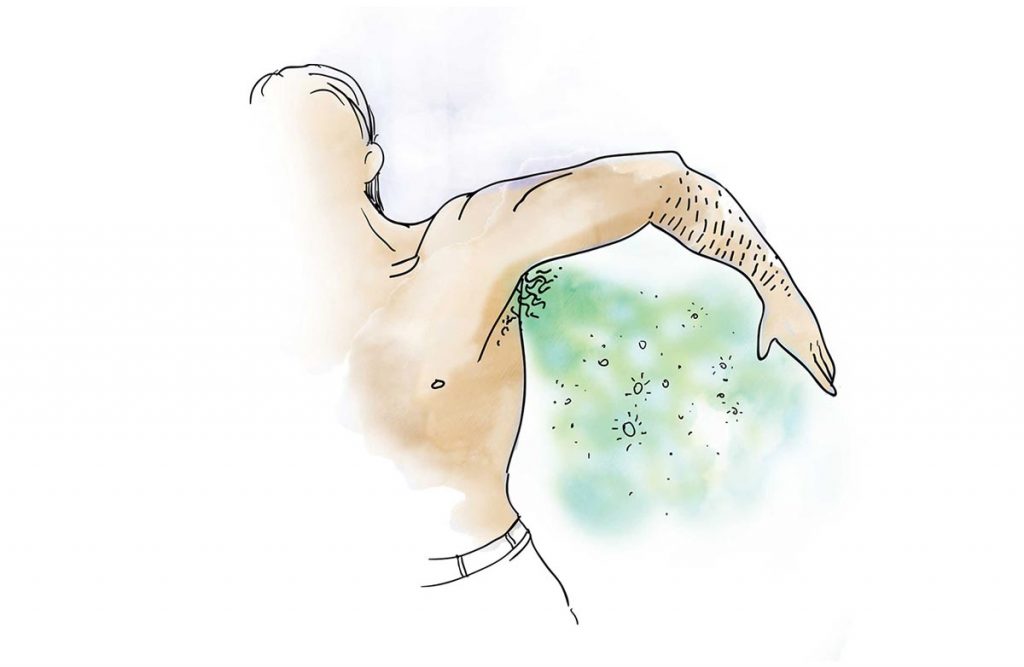
Stinky Axilla
We know bacteria cause smelly armpits. We also know deodarants kill the odour! But how? Find out what effect deodarants have on bacteria.
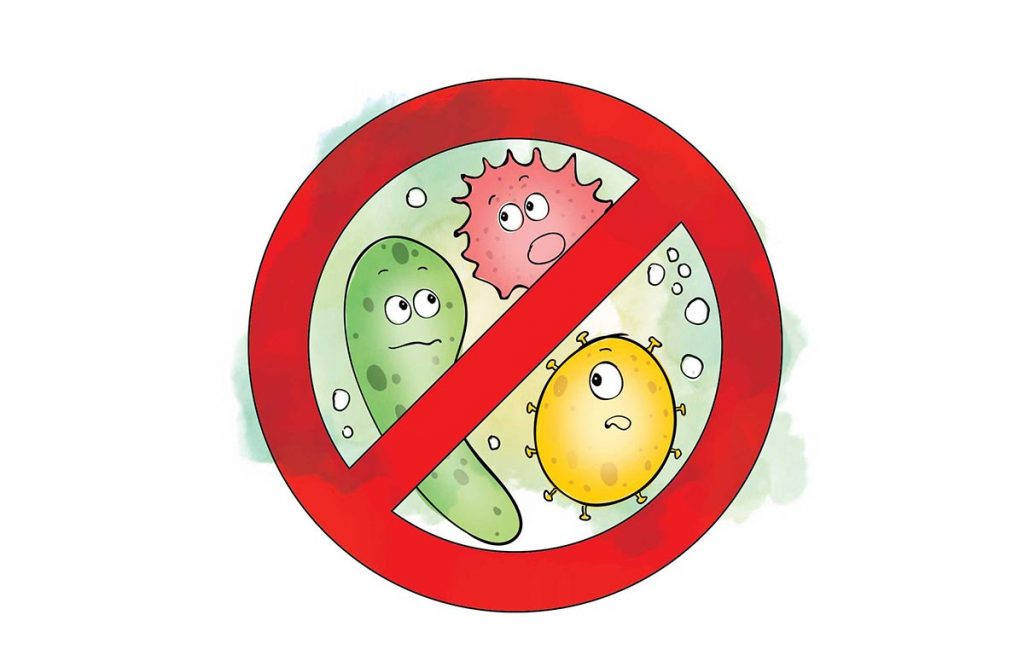
Anti-Bacterium
Discover the most effective antibiotic. Create microscopic slides of bacteria and observe which anti-bacterial material is most effective in eliminating them.

